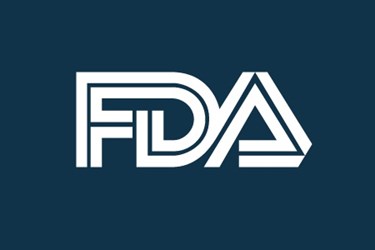Improving Clinical Trials Remains Top FDA Priority
By Chuck Seegert, Ph.D.

To address concerns about lengthy approval times for clinical trials, the FDA has re-committed itself to strengthening and streamlining the complex process. Improving clinical trials is reportedly one of the top three strategic priorities of the FDA’s Center for Devices and Radiological Health (CDRH) for 2015.
Clinical trials are critical for the development of new medical devices and other healthcare technologies. Bringing the best healthcare solutions to market requires clinical testing to ensure that technologies perform as intended with appropriate safety and efficacy. To do this type of testing, however, FDA approval must first be obtained. A long-standing complaint from industry is how long this approval process takes, which can last one year or more.
In the rapidly changing medical device marketplace, this kind of delay can lead to lost opportunities. This has prompted some manufacturers to perform clinical studies internationally. International approval times are often faster. However, manufacturers have expressed discontent about the high tax rates, and they have publicly called for change.
The FDA responded to these calls by making clinical trials one of its three top priorities for 2015, according to a recent blog post from FDA Voice. The focus of the CDRH is centered on ensuring that clinical testing is conducted in a safe, efficient, and cost-effective manner.
The “CDRH is committed to improving U.S. patient access to new devices by strengthening and streamlining the process of testing complex medical devices,” FDA representatives wrote in the blog.
The CDRH’s other top priorities for 2015 include striking the right balance between pre-market and post-market data collection and improving customer service.
While the agency is tasked with ensuring that clinical trials are safe for participants, it agrees that things could be improved. The agency has taken measures over the last year to do so, according to the blog. To provide consistent decision-making and increased interaction between the FDA and industry, a formal Clinical Trials Program was established. Additionally, the staff reviewing applications at CDRH has been trained extensively in order to meet the agency’s stated priorities.
While improving FDA procedures has taken some time, tangible results are beginning to accumulate. For example, from 2011 to 2014 the median number of days to approve a device through the Investigational Device Exemption (IDE) has dropped from 442 days to 101 days, according to the blog. This cut nearly one year from development timelines, and allows devices to reach the market more quickly.
To further educate interested parties, a webinar was held to discuss the implementation of the IDE processes and the 2015 performance goals of the agency. A recording of the webinar and the slides presented will be made available by the FDA.
